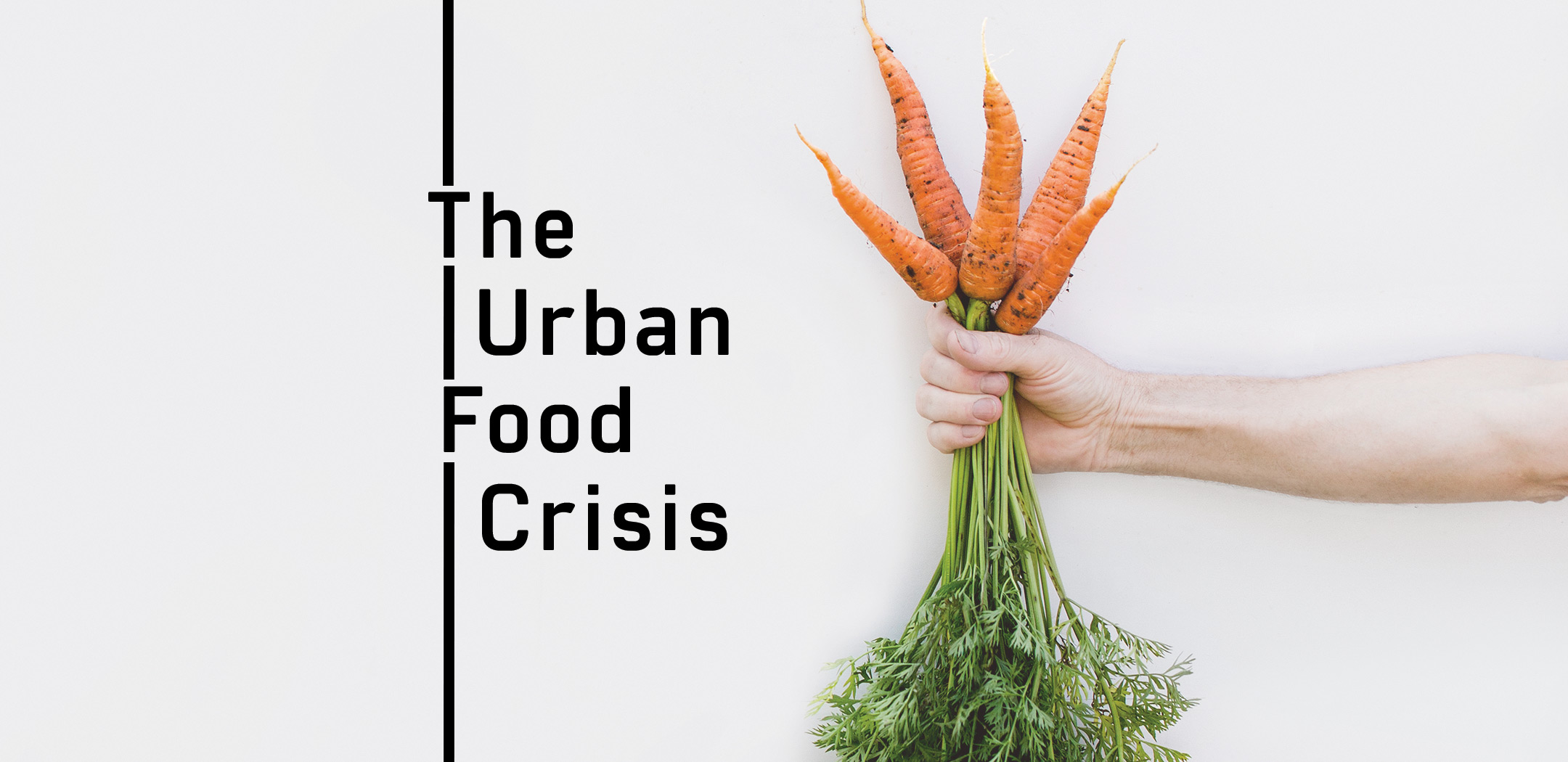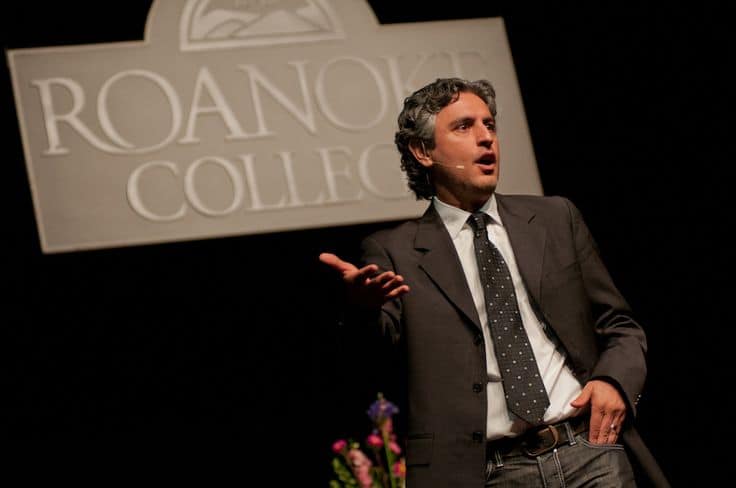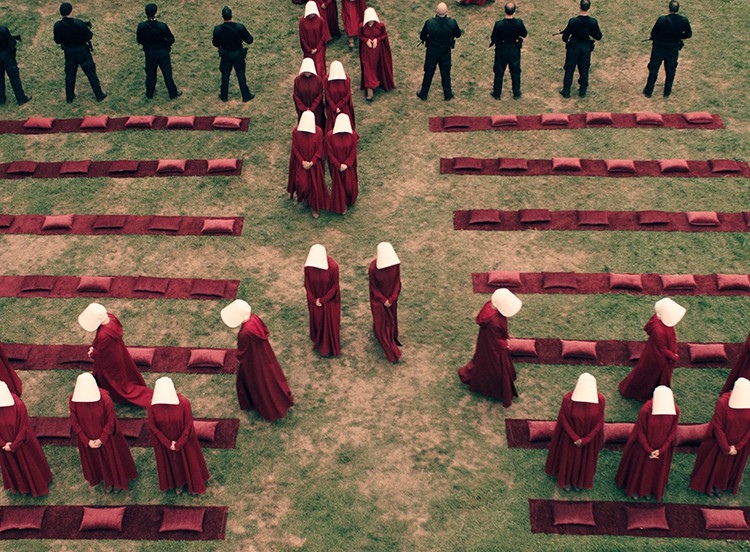
Imagine a neighborhood convenience store owner turning off the lights and locking the doors after closing, leaving the store sitting quietly under a street lamp. The next morning the owner puts the key back in, turns it mid-yawn and sees that an entire row of potato chips and crackers has been stolen overnight.
This and more is exactly what Ryan Koch hopes for every morning. Except his isn’t a convenience store, it’s a community garden.
“It’s the best kind of vandalism,” Koch explains. “I show up, see an entire row of cabbage gone, and I know someone ate well last night. I trust that they did.”
Koch’s Lexington, Kentucky-based nonprofit, Seedleaf, uses community gardens in urban areas to fight the effects of what are called food deserts. An estimated 19 million Americans live in food deserts, and of those millions, 80 percent live in urban areas, like Koch and his co-laborers.
***
The Urban Food Crisis
What is a food desert? The United States Department of Agriculture (USDA) bases it on two factors: income and food access. According to USDA definitions, an area is designated “low income” when it has a poverty rate of 20 percent or higher, or when the median family income is less than or equal to 80 percent of the metropolitan area’s median family income.
An area is deemed “low access” when 33 percent of the population (or 500 people) lives 1 mile or more from the closest supermarket (10 miles in rural areas). In food deserts, elevated poverty rates coupled with limited access to fresh, healthy food result in communities filled with health problems caused by diets made almost entirely of packaged, processed food.

“If you don’t have a car, the most convenient thing is to get what you can carry, and if you have a family of four that can be a real problem,” explains Khann Chov, who runs Beardsley Community Farm in Knoxville, Tennessee.
A pack of hot dogs and some chips from the convenience store on the corner is significantly more obtainable than a couple pounds of apples from the supermarket a mile away.
Here’s the trickiest part of food deserts: They’re often hidden in plain sight, all over urban areas. The best, purest foods are just out of reach for many who live in cities, and the result is rising obesity and diabetes rates. A food desert is a complicated thing.
But organizations like Seedleaf and Beardsley Community Farm say there is a solution that works: gardening.
***
Gardening in the Hearts of Cities
The idea behind Seedleaf’s community gardens is essentially this: If getting whole, healthy foods from the store is hard enough that it prevents residents from eating well, why not bring the food to them?
It’s a simple solution, although not an easy one. And to hear Koch explain it is to be reminded of not just the efficacy and efficiency of the urban garden, but also the simple beauty of taking a plot of land, cleaning it up and planting food intended to feed people who need it.
Safi Mahaba started Burton Street Community Garden in Asheville, North Carolina, back in 2003. Her neighborhood saw a lot of drugs and violence. Mahaba and her husband hoped to push the drugs into the shadows and bring the community back out and together.
It’s worked.

In some ways, the community garden has worked itself out of its primary job. The gardens moved to people’s yards, and the community garden, while still active, now serves as a gathering place for the neighborhood, featuring art and various events throughout the year.
Beardsley Community Farm takes a more educational approach. Their goal is to teach people of all ages—from preschool to the elderly—how to start their own gardens. As they instruct, they also grow, and they donate their food to various shelters and missions across the city. Last year, Beardsley grew 10,000 pounds of fresh food—and all of it went to the hungry in their city.
***
How to Start a Community Garden in Your City
There are many ways to address food deserts using urban gardening, and although their approaches are all unique, Koch, Chov and Mahaba all describe the process of starting a community garden in similar ways.
First and most important is finding the people.
Koch suggested gathering about 10 people to work on a new garden, with one as the designated champion of the project. Chov suggested making that position a paid one, even when money is tight. Mahaba explained that having an anchor person or couple is vital to the consistency of the garden, and without a consistent presence there, it just won’t work.
The next step is to get access to land.
Koch encourages people to think creatively here. The plot should be usable for 5 years or so—to help with consistency. Consider local parks, empty lots owned by neighbors who wouldn’t mind having them cleaned up and taken care of for free and church lawns that might serve the community better by growing food instead of requiring regular mowing.
He suggests starting small.
“A couple of 4×8 boxes are a great start,” he says. “It’s easier to expand than to dial one back.”
In urban areas, the soil should be tested before planting food there. Often, urban soil tests reveal lead or other unhealthy chemicals or toxins, and the best option is a raised bed.
“It’s important to know the history of the land before you try to grow something in it,” Khann says.
This adds cost, but it helps keep people healthy; one of the goals to begin with.
Then water is key, and it can be tricky.
Koch recommends offering to buy water from neighbors or teaching them how to capture water in rain barrels. Even in areas where the weather normally provides enough through rainfall, it’s important to have access to water in the case of an unexpected drought.
Both Mahaba and Koch mention remembering that a garden is more than seeds and dirt. When Koch asks his neighbors what they need, they say they want a place to gather, one that’s welcoming, a place where their kids can get outside and they can contribute.
In the case of Mahaba’s Burton Street Garden, the actual harvest became secondary as neighbors moved toward planting plots in their own yards. Consider extra features like a raised sandbox for kids to play in or art installations made from found items for added visual interest.

Once the garden is started, it’s important to make sure everyone involved with the project understands the purpose is to feed the neighborhood.
As with the missing row of cabbage, “You can’t steal what we’re sharing,” Koch explains. “Sometimes we put signs up to remind people they aren’t stealing in one of our free, you-pick gardens.”
When necessary, they’ll post a little something reminding neighbors that if they’re willing to wait another week or so, the produce will reach peak ripeness and taste much better.
In urban areas, it can be hard to get the actual neighbors involved in the garden.
“Start with the kids,” Koch explains with a smile. He says the adults might take longer, but it’s not hard to get kids working in the garden. They’ll bring lots of energy, but low-skill labor, so have appropriate jobs ready for them. Koch offers another reminder here—pay attention to how dirty they get. While some parents don’t mind kids coming home muddy, it would be counterproductive to send a child home only to be chastised for bringing in mud from the garden.
You’ve likely heard the saying, Don’t build a higher fence, get a longer table.
When it comes to feeding the 19 million living in food deserts, community gardens can start to fill in the gaps; calling those who might go without healthy food to gather, partake in the harvest and be filled.
Unlike convenience stores, these resources never close. And they bring nourishment and life to cities in need.























